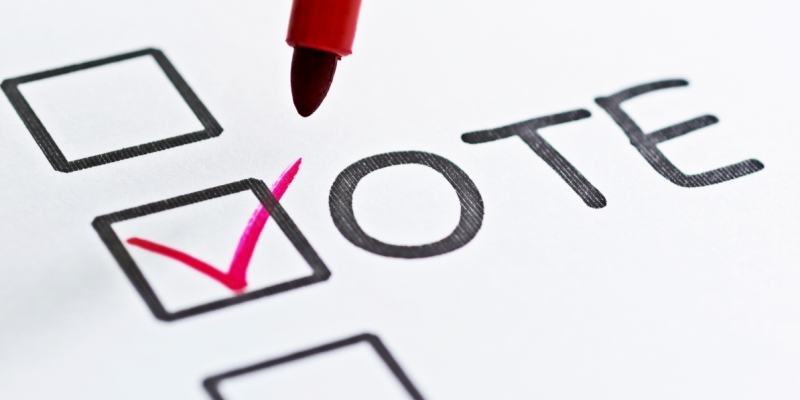Proportional representation voting systems breed unstable governments

Some see the upcoming referendum on electoral reform—specifically, whether or not British Columbia should switch to a proportional representation (PR) voting system—as a blatant attempt by the Green Party to secure more power. While it’s clear that under any form of PR, the Greens would theoretically increase their seat share, there would also be more single-issue parties vying for seats in the legislature.
In B.C.’s current first-past-the-post voting system, it’s difficult for single-issue parties, and new parties, to garner enough support to get electoral seats. As a result, political actors tend to compromise and form coalitions within existing parties. Big tent parties such as the Liberals and NDP are basically coalitions of various interests.
Because the threshold for securing seats is lower in PR systems (usually about five per cent of the popular vote), they result in more political parties competing for support. In other words, PR systems reduce the need to compromise within parties before an election. While there are currently 18 registered political parties in B.C., only three (Liberal, NDP and Green) have seats in the legislature.
Consider this. Because new and single-issue parties have a greater chance of being elected under PR, an international measure known as the “effective number of parliamentary parties” (or ENPP), is higher in PR systems than in majority and plurality systems like we have in Canada. In countries worldwide, the average number of effective parties in first-past-the-post systems (again, like we currently have in B.C.) is 2.5—under PR systems, that number doubles to 4.5. And there’s a lot of variability depending on the country. For example, while PR systems in Portugal and Greece have similar ENPP as Canada, countries such as Israel (7.5) and Belgium (8) have higher ENPP.
Crucially, the consequence of a higher ENPP is twofold—more coalition governments and more unstable governments.
Of course, coalition governments can occur in any electoral system. Currently, B.C. essentially has a coalition government of the NDP and Greens. However, the likelihood of coalition increases significantly in PR systems. Between 2000 and 2017, 23 per cent of majority/plurality systems (including first-past-the-post) produced coalition governments compared to 87 per cent for PR systems. For mixed systems, which combine aspects of majority/plurality with aspects of PR, it was even higher at 95 per cent. PR systems also have more parties as part of government, averaging 3.3 parties compared to 2.6 for mixed and 2.3 for majority/plurality systems.
Why is this a problem?
Because more coalition governments mean more unstable governments and more uncertainty about the composition of those governments. Remember, coalition building is done after the votes are cast and it often takes a long time to work out deals between coalition partners. How long? Based on the research, it takes 32 days (on average) for a government coalition to emerge in mixed systems and 50 days for PR systems. After its 2010 election, it took Belgium 541 days to form government—the longest wait on record at the time. Germany went 161 days before forming government after its September 2017 election. And most recently, Northern Ireland is 590 days and counting without a government since the coalition Catholic-Protestant power-sharing administration collapsed in January 2017.
Finally, some proponents of PR argue that this form of electoral system better represents the diverse views of voters. Their logic is that the negotiation of coalition governments allows for more viewpoints, and that this process produces policy closer to what the median voter wants. But negotiations after the vote are not based on popular will, but on whether a party can prop-up a government. More importantly, coalition governments make it difficult for voters to hold governments to account, as it becomes difficult for voters to clearly assign blame or credit. At the same time, voters are given limited options during elections and can only use their vote to punish or reward governments for their policy decisions.
These findings suggest that, at the very least, debates surrounding electoral reform in B.C. must be expanded. And the current government and citizens should consider a broad set of evaluative criteria—much broader than the referendum ballot voters will receive in the fall—when determining whether we should change B.C.’s electoral system.

